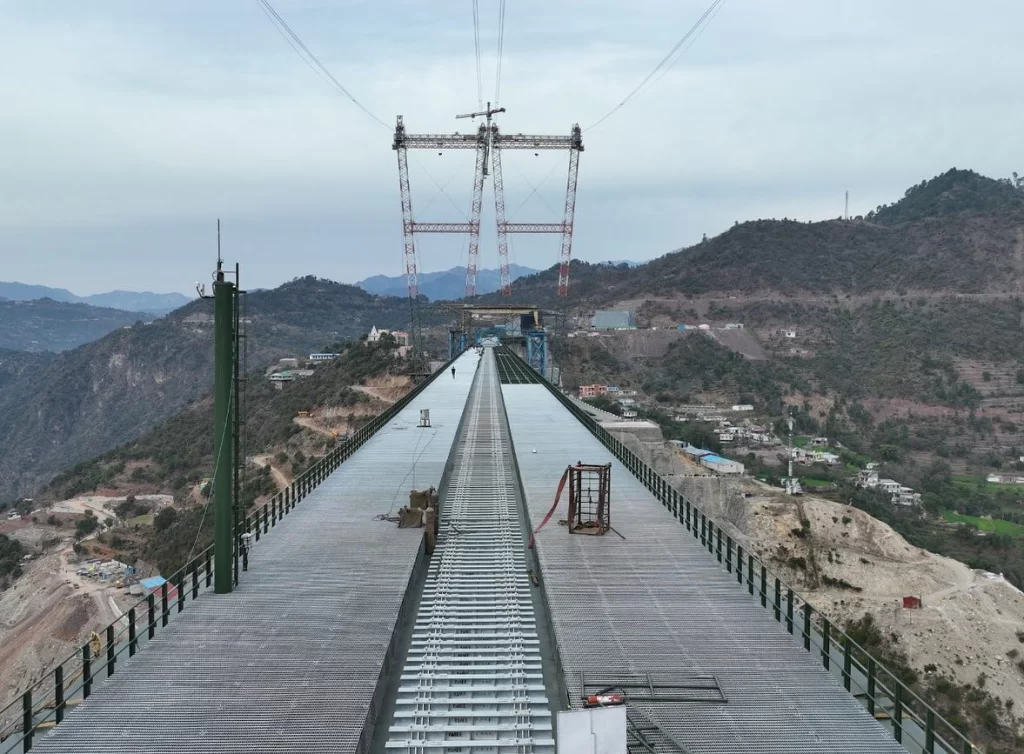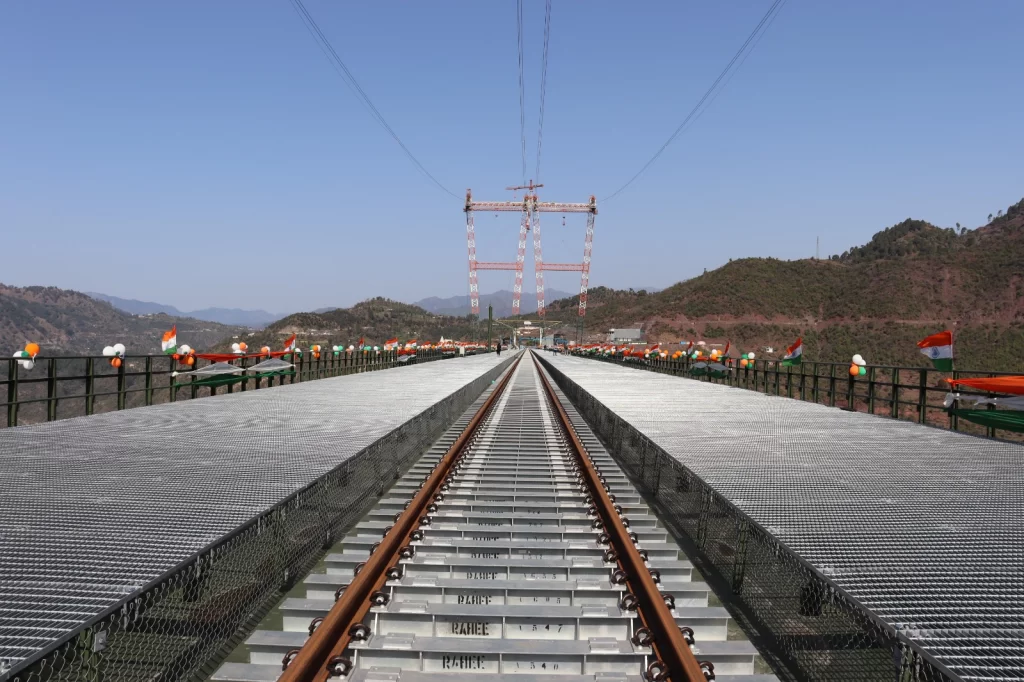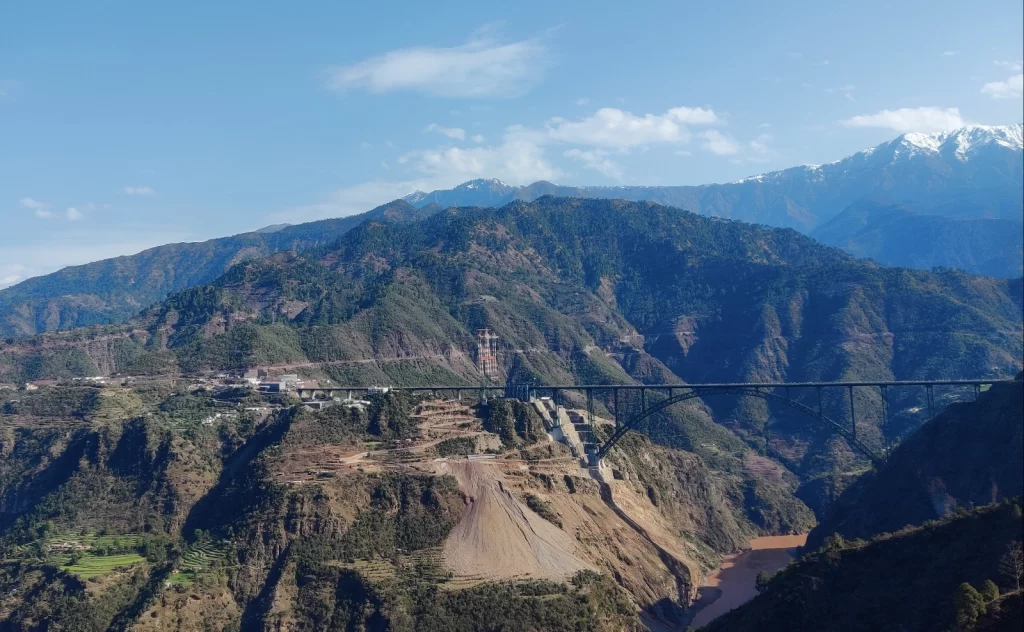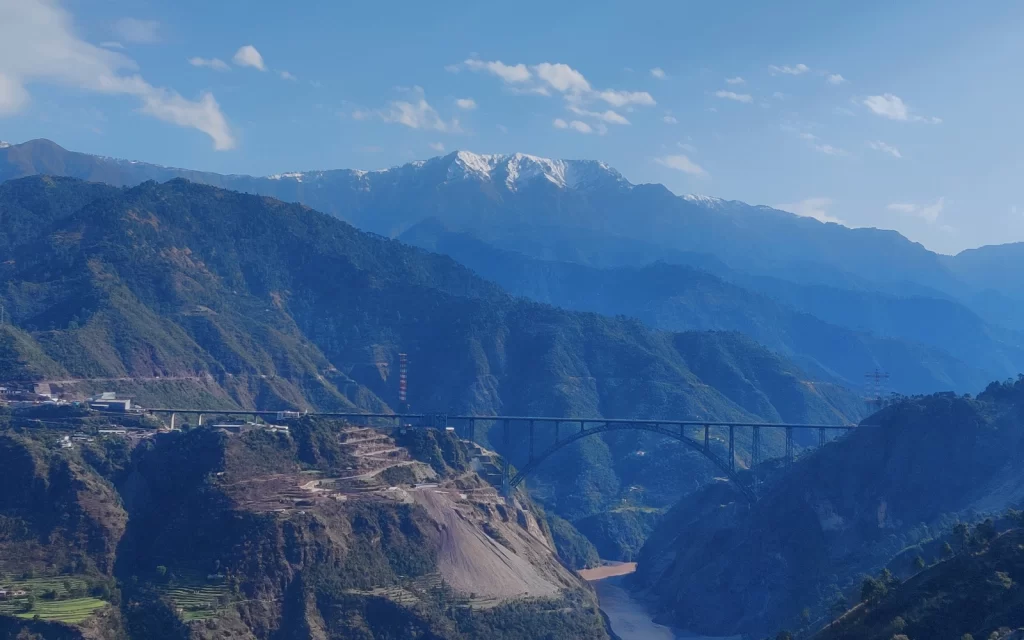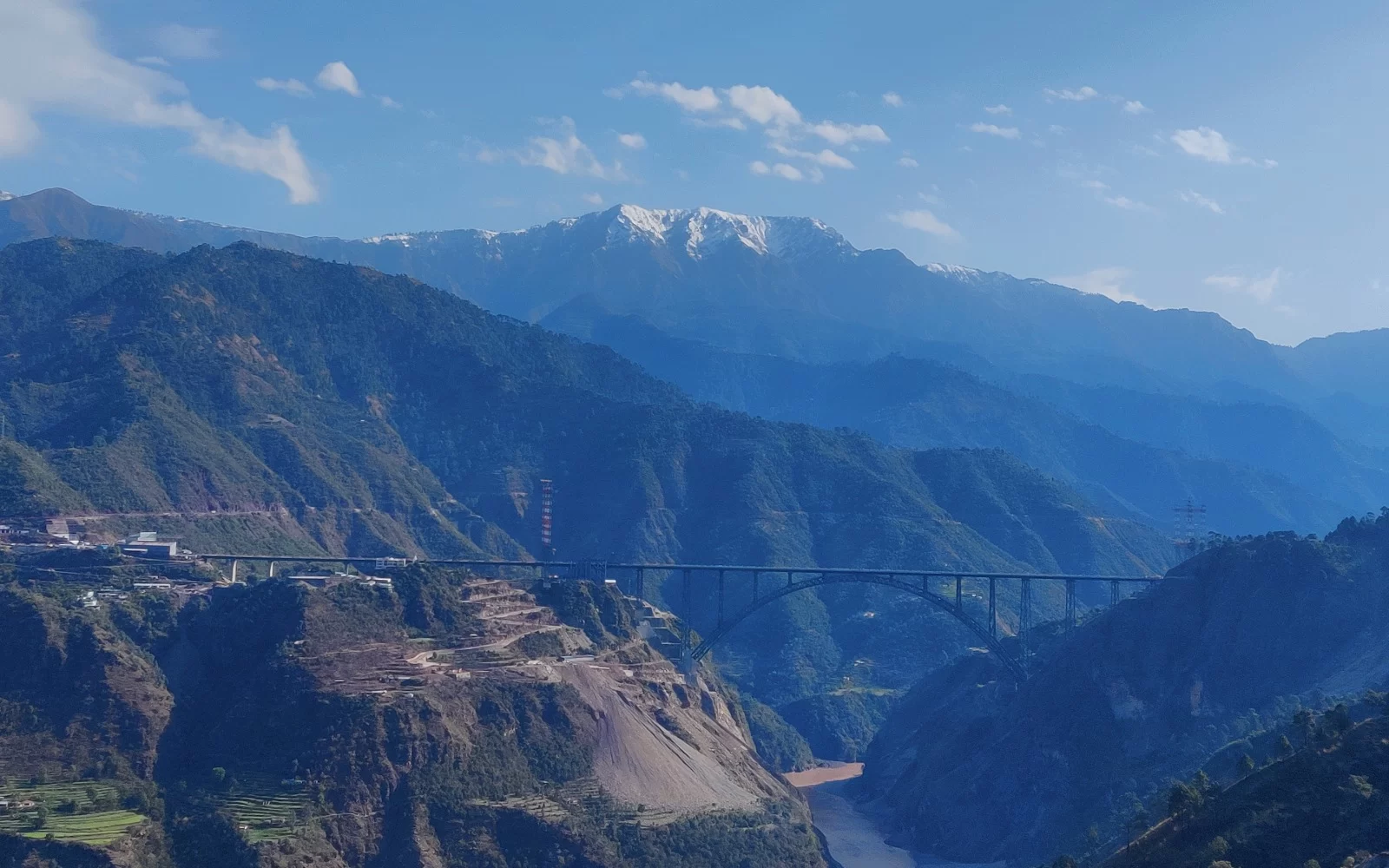The Chenab Rail Bridge, also known as the Chenab Bridge, is a remarkable feat of engineering that spans the Chenab River in the Indian state of Jammu and Kashmir. This arch bridge is not only the highest railway bridge in the world, but it also holds the record for the highest arch bridge, standing at a staggering height of 359 meters (1,178 feet) above the river bed.
Construction of the Chenab Rail Bridge began in 2004 and was completed in 2019. The bridge forms part of the Indian government’s ambitious Kashmir Railway project, which aims to connect the Kashmir Valley with the rest of India. The Chenab Bridge is a crucial link in this project, providing a vital railway connection between the cities of Baramulla and Jammu.
The bridge is an arch bridge, which means that the load of the bridge is carried by a curved arch that spans the river. The arch design is a popular choice for bridges because it is sturdy and can withstand large amounts of weight. However, designing an arch bridge that spans such a vast distance as the Chenab River posed a significant challenge to the engineers working on the project.
To overcome this challenge, the engineers used a technique called “incremental launching.” This involved building the bridge in sections on either side of the river and then pushing the sections towards each other until they met in the middle. Once the two sides were connected, the engineers could begin constructing the arch, which was built using a cable crane.
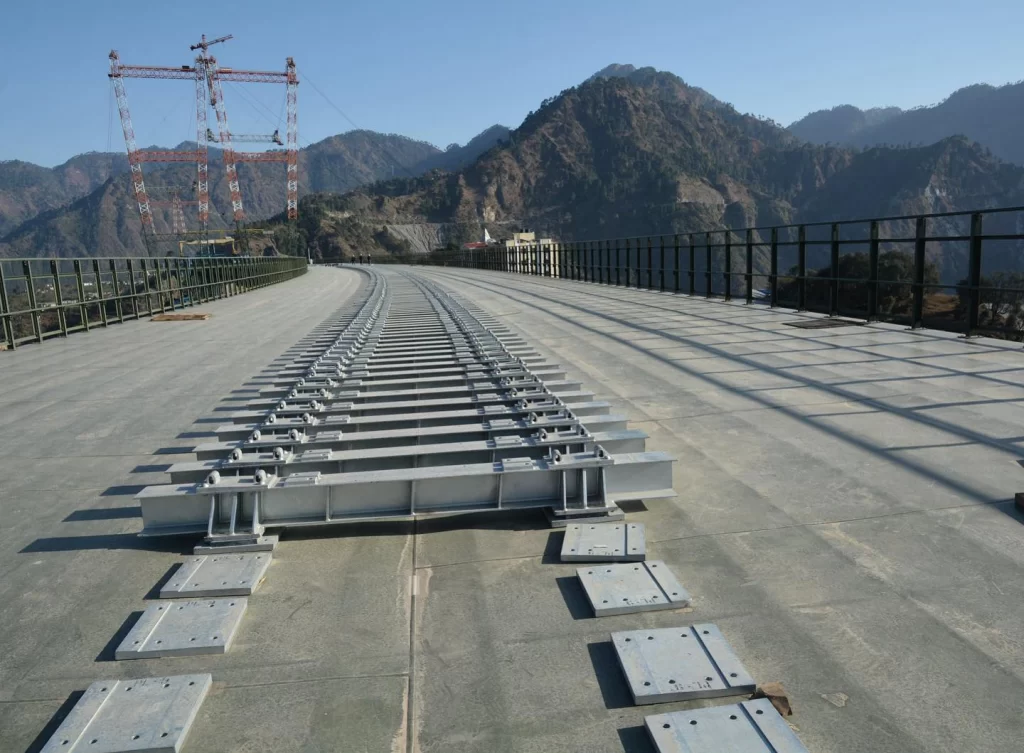
One of the unique features of the Chenab Bridge is its height. The bridge stands at a height of 359 meters, which is almost twice the height of the Eiffel Tower. The height of the bridge was necessary to ensure that it could clear the tall cliffs on either side of the river. To put this height into perspective, it is taller than the Empire State Building in New York.
Another feature of the bridge is its length. The bridge spans a distance of 1,315 meters, making it one of the longest arch bridges in the world. The bridge is also designed to withstand high winds, earthquakes, and even terrorist attacks.
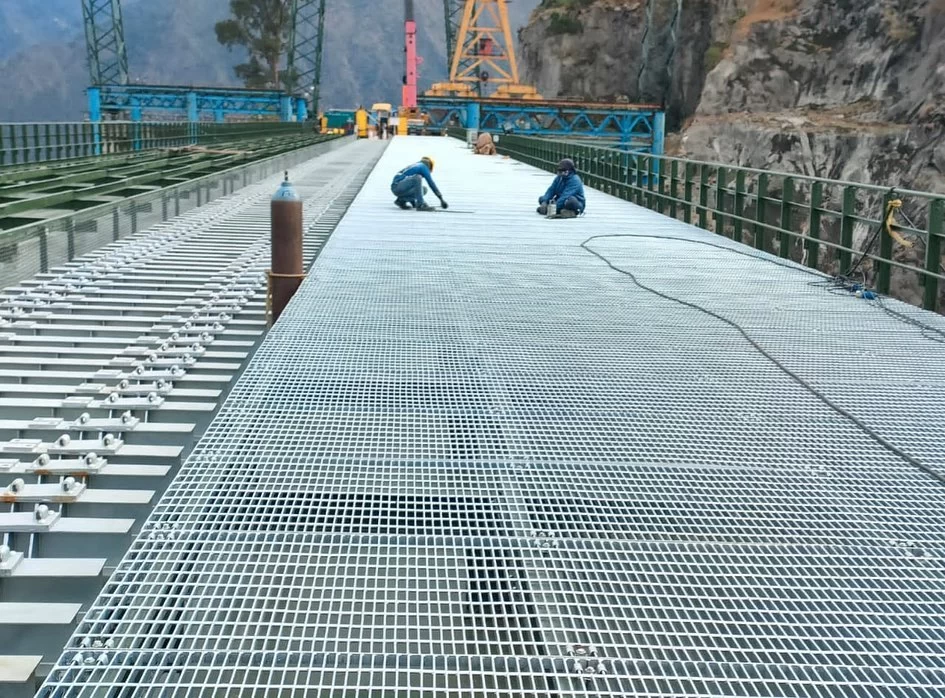
The construction of the Chenab Bridge was not without its challenges. The region where the bridge was built is prone to earthquakes, and the engineers had to take this into account when designing the bridge. They used a technique called “base isolation,” which involved building the bridge on a series of rubber pads that could absorb the energy from an earthquake.
The construction of the bridge also faced opposition from local groups who were concerned about the impact that the project would have on the environment. The Chenab River is an important water source for the region, and many locals feared that the construction of the bridge would damage the river’s ecology. To address these concerns, the engineers used eco-friendly construction techniques and worked closely with environmental groups to minimize the impact of the project on the local environment.
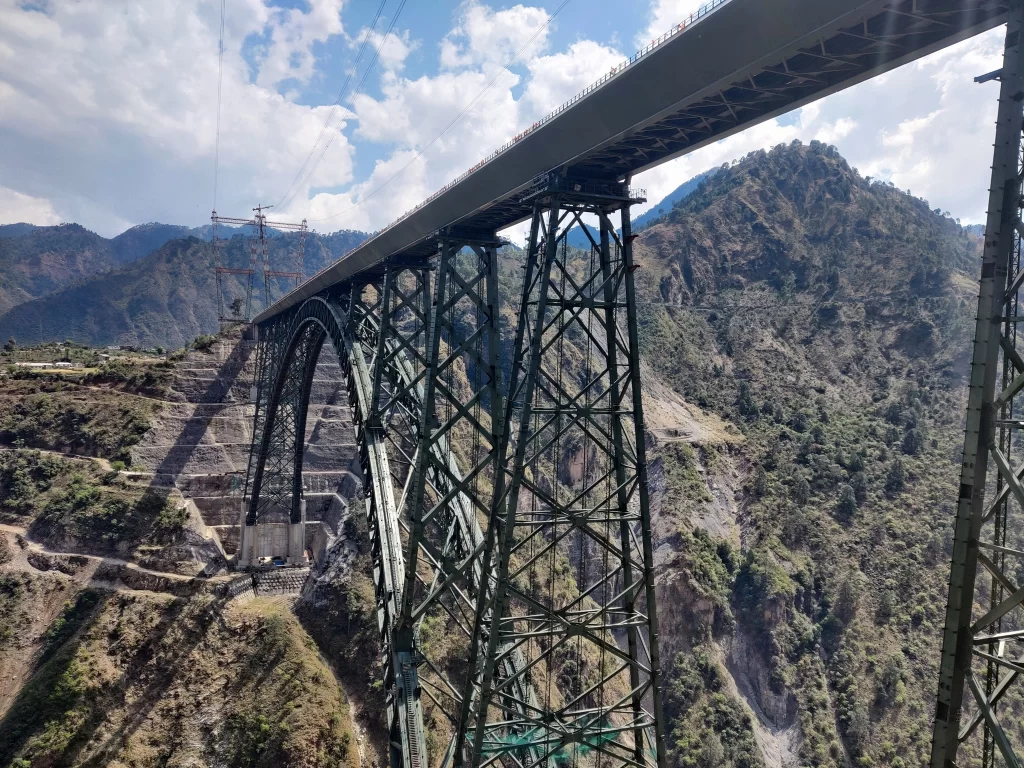
Despite these challenges, the Chenab Bridge is a remarkable achievement of engineering. The bridge is not only a vital link in the Kashmir Railway project, but it is also a testament to human ingenuity and the power of technology. The bridge stands as a symbol of progress and development, and it is sure to inspire future generations of engineers and builders.
In conclusion, the Chenab Rail Bridge is a remarkable arch bridge that spans the Chenab River in Jammu and Kashmir. The bridge is the highest railway bridge in the world and the highest arch bridge, standing at a height of 359 meters above the river bed. The bridge was built using a technique called incremental launching, and it is designed to withstand high winds, earthquakes, and terrorist attacks. Despite facing opposition from local groups concerned about the impact on the environment, the Chenab Bridge is a testament to human ingenuity and the power of technology.

